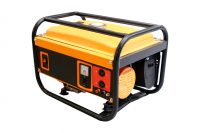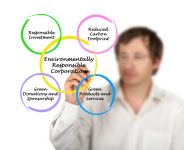Emergency Generators—Should You Buy, Rent, Share, or Borrow?
It’s a decision you have to make based on the needs at your facility. Do you want the headache of maintaining an on-site emergency generator or the headache of scrounging around for one should the need arise? The U.S. Environmental Protection Agency (EPA) has offered some tips for water/wastewater systems on just this subject that […]









